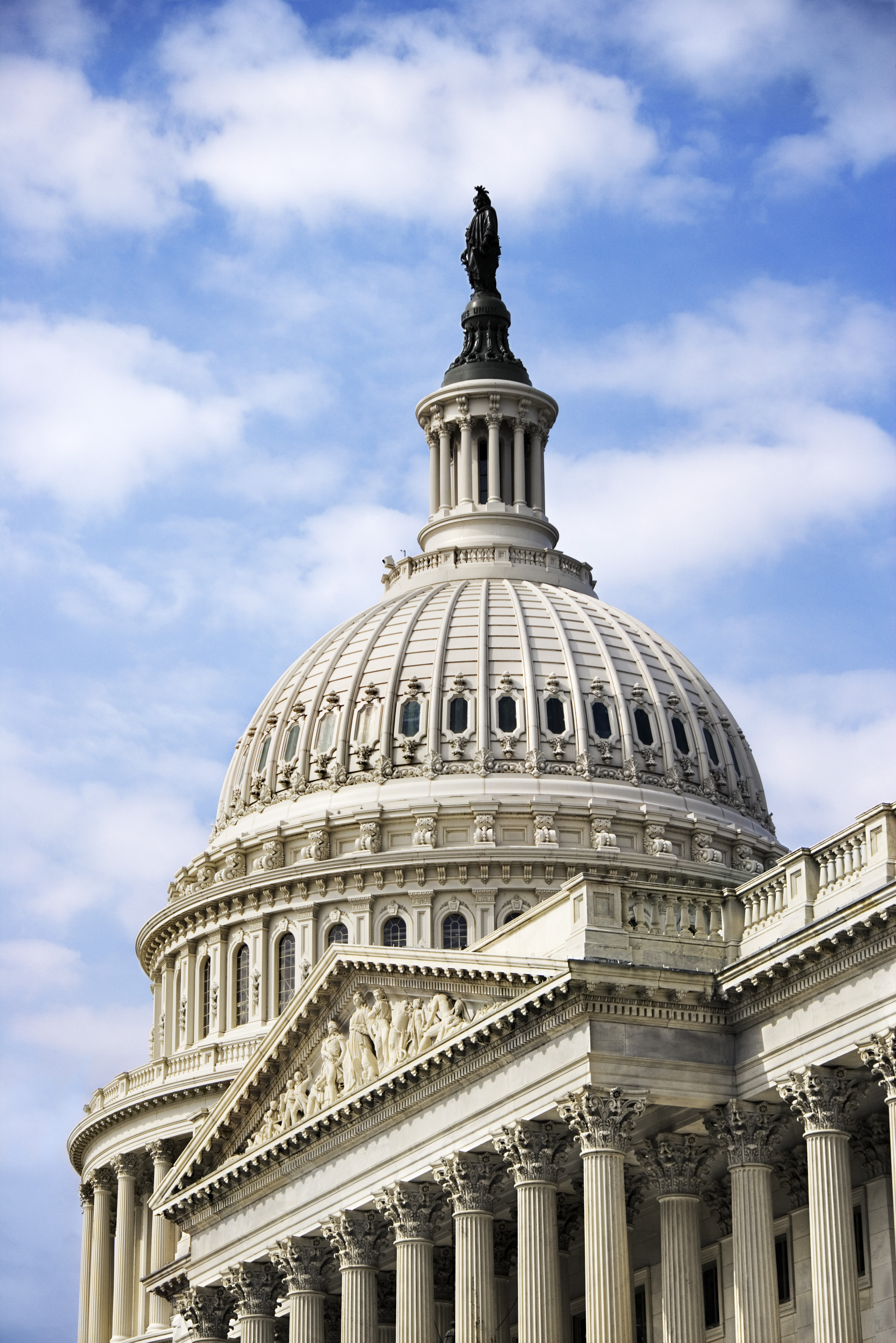Innovations in legislative transparency
The digital revolution has changed the way we look at government, and more specifically, government transparency. As an increasingly large percentage of citizens get their news and information from internet-enabled devices and electronic sources, it follows that achieving legislative transparency will require the use of these forms of technology to establish accessibility and usability sufficient and practical for the changing times.
“Deepbills”, an innovative transparency project led by Jim Harper of the Cato Institute and supported by the Democracy Fund, is a great example of what can be done to realize this goal. By extracting XML-formatted bills from the Government Printing Office and adding enhanced markup for rerelease to the public, the initiative is a leader in providing useful data concerning federal legislation and identifying areas where the fed can improve quality of and access to lawmaking data.
Harper and his colleagues highlight several areas where transparency can be improved. At the top of this list is government programs. Cato’s suggestion? Congress should create unique identifiers for agencies, bureaus and other units of government to offer a simpler channel through which to make a connection between government departments and track the flow of funds from appropriation to expenses. Other areas of improvement referenced in the proposal include developing a unique identification system for law citations and improving budget authority information in machine-readable bills.
In an era in which data drives policy decisions more than ever before, a channel for public access to legislative information is imperative. Deepbills is at the leading edge of the transparency movement and will continue to be a valuable catalyst for making government more accountable and ensuring policymakers’ actions and spending habits are in alignment with the interests of their constituents.




Leave a Reply
Want to join the discussion?Feel free to contribute!